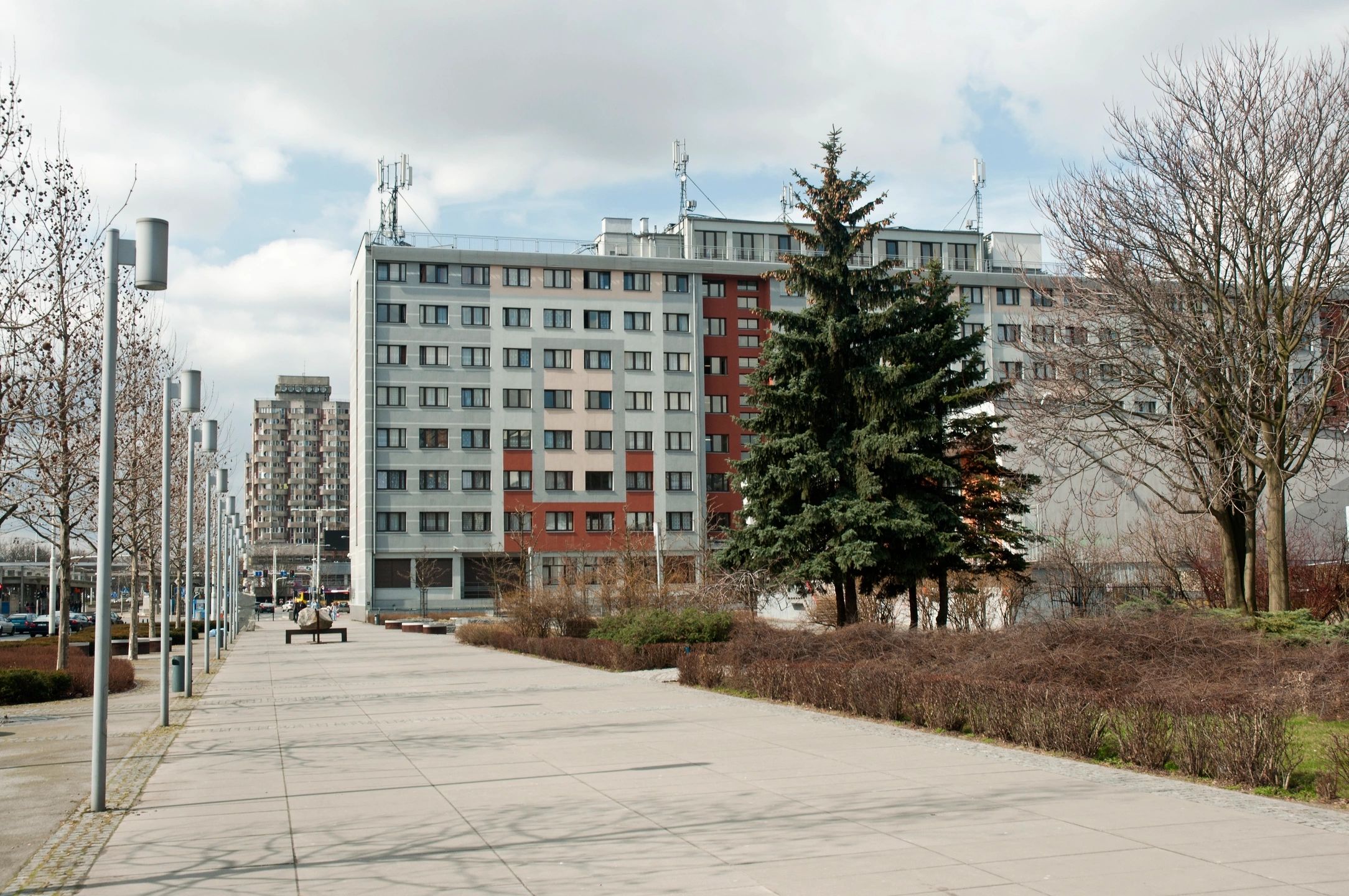Taylor Adair, branch manager of housing at the Ontario Native Women’s Association in Thunder Bay, Ontario, says she isn’t surprised that Indigenous people make up the majority of the city’s homeless population, though the statistics remain deeply troubling.
“There’s a lot of hidden homelessness, a lot of overcrowding in some of these situations that the community has really brought forward to us, and that we see daily in our front-line work,” Adair explained.
A recent point-in-time count conducted over a 24-hour period during the first weekend of October revealed 557 individuals experiencing homelessness in Thunder Bay, 78 percent of whom identified as Indigenous. The count was organized by the Lakehead Social Planning Council (LSPC).
“We’re seeing an epidemic of homelessness in Thunder Bay, and this data proves it,” said Bonnie Krysowaty, co-ordinator of the Poverty Reduction Strategy and researcher/program manager at the LSPC.
Surveys were conducted at three locations where individuals experiencing homelessness frequently access services: the Thunder Bay Indigenous Friendship Centre, Elevate NWO, and People Advocating for Change Through Empowerment (PACE).
While Indigenous people represented just over 14 percent of Thunder Bay’s population in the 2021 census, they accounted for a disproportionately high percentage of those experiencing homelessness. Nationally, Indigenous people make up about five percent of Canada’s population but represent nearly a third of the homeless population.
Adair attributes this disparity to systemic barriers faced by Indigenous communities, including a lack of culturally safe and gender-based shelter options tailored to their needs.
Other minority groups, including individuals identifying as Arabian, Asian, Black, and Sri Lankan, comprised 13 percent of respondents in the Thunder Bay count.
“Specific cultural supports that are appropriate and safe are critical,” Krysowaty emphasized. “Providing these supports makes it easier to offer services and connect people to housing solutions.”
Substance Use Identified as Leading Cause of Housing Loss
The findings reveal significant challenges faced by Thunder Bay’s homeless population.
Nearly 43 percent of respondents reported spending time in foster care or group homes, and of those, over 30 percent said Child Protection Services failed to provide adequate support during their transition out of the system.
Substance use, relationship problems, and insufficient income were cited as the top three reasons for housing loss.
Thunder Bay remains one of the communities most severely affected by Ontario’s opioid crisis, recording the province’s second-highest opioid-related death rate during the first half of 2024, according to data from the Office of the Chief Coroner.
Holly Gauvin, executive director of Elevate NWO—a harm reduction agency—stressed the importance of housing as a foundation for addressing other issues, including substance use.
“Housing is the first step. Once people are housed, we can start tackling the other challenges they face,” Gauvin told CBC News.
She called for comprehensive, individualized support systems that offer a spectrum of options.
“Let’s get those wraparound supports in place. People need access to everything—from harm reduction at one end to abstinence-based programs, if and when that’s the right choice for them,” Gauvin said. “It’s all about connecting people with health care, housing, and the resources they need to survive and thrive.”


